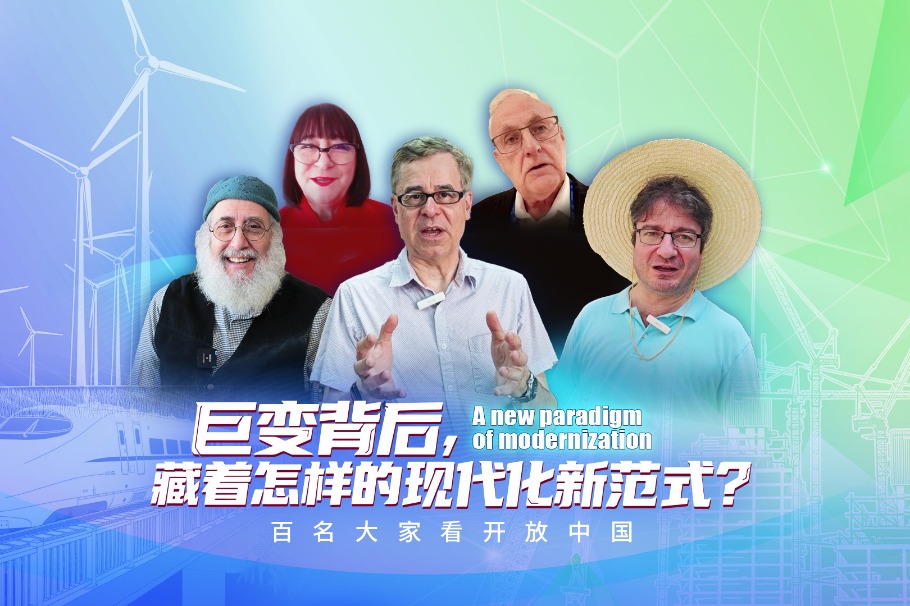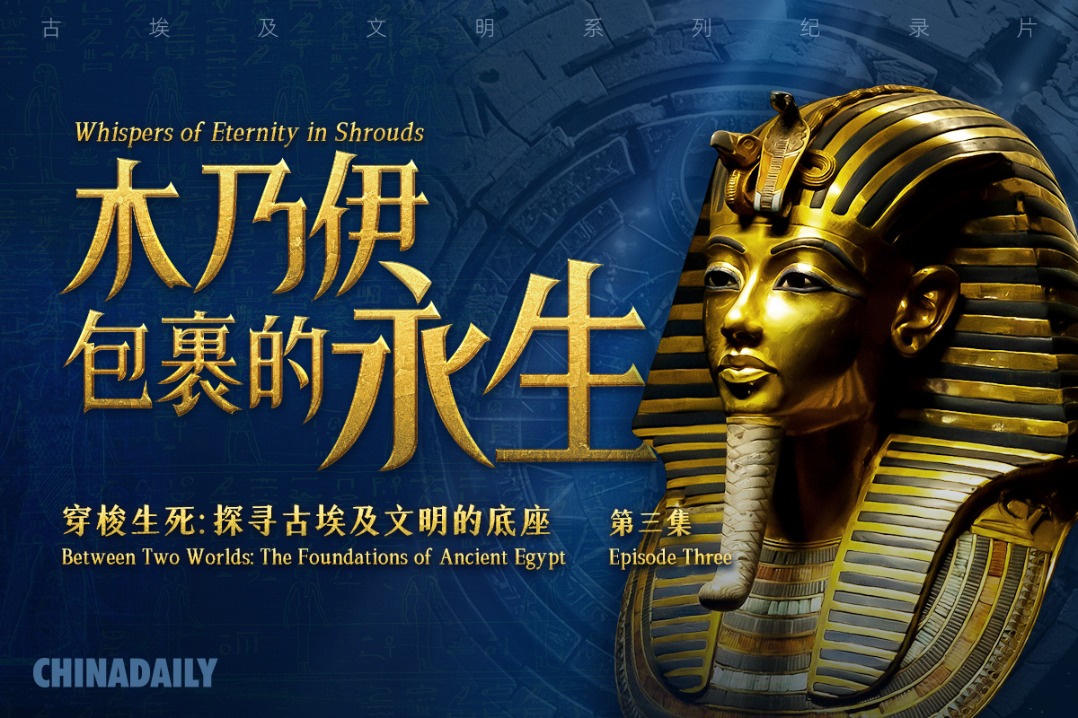Tech narratives equally vital in AI progress


Editor's note: AI technology has been widely used in China across sectors such as education, medical care and agriculture. And many local governments are also leveraging innovation to promote the development of AI and related industries. Three experts share their views on the issue with China Daily.
The marathon has started, and there are still hurdles to cross. As DeepSeek emerged on the global scene, markets were muddled, people puzzled, costs crashed, and gurus and gambits of stock markets shifted their focus from OpenAI to DeepSeek. The launch of DeepSeek has disrupted expectations in the AI world, shattering dreams of dominance and technological supremacy of some players.
While some hail DeepSeek as a formidable competitor, others view it as a natural second-mover gaining advantage in an evolving AI landscape. The critical question is whether DeepSeek is the result of merely a second-mover's advantage or a serious path to the first-mover's narrative.
History is full of "tragedy of narratives", which include countries of origin, the collusion of editors in scholarly articles — friends scratching each other's backs to publish their articles in business and management journals.
The second mover has an advantage over the first in terms of radical innovation, often from observing, refining and optimizing what has already been done. The contrast between the first and second movers is evident in three key areas:
First, second movers can optimize resources, and reduce research and development costs by leveraging earlier innovations. Chinese companies, with their emphasis on efficiency and cost reduction, often excel in this area.
Second, second movers take advantage of the running train that has departed, leaving behind the platform it has built for others to run their new trains or board the first one, and by doing so, they reduce significant risks and costs. The first mover bears the risk of introducing a new concept and its narratives, while the second mover enters a market already primed for adoption, allowing for faster user acceptance.
And third, second movers can see the fallacies of omission and commission, and study the shortcomings of pioneer products.
This is where the tragedy of narratives comes to the fore.
The credit and credibility of OpenAI were reduced in its narratives as soon as the hungry markets trained their lenses on DeepSeek. The first mover's technological advancements do not exist in a vacuum; they thrive within the narratives that shape public perception. Open-AI did not just introduce an AI chatbot; it introduced the very concept of AI assistants to the public consciousness.
Before ChatGPT's launch, artificial intelligence was seen as a specialized tool for researchers, engineers and niche applications. ChatGPT changed that by making AI a mainstream tool, accessible to millions of people globally. The ironic attributed values and valor to the second movers are at times unwarranted.
The first mover has a legacy, the second mover leverage.
OpenAI brought the tragedy of narratives to potential rivals who were omitted in the timing of technology diffusion. Even beyond the narrative, the success of OpenAI tools was a matter of timing: after and before events. In the former case, OpenAI released ChatGPT at the perfect moment — when AI enthusiasm was on the rise.
US narratives have a legacy, and Chinese cost efficiency has leverage. One of the starkest differences between China and the US in technology leadership is the background of decision-makers. In the US, 80 percent of leaders are trained in law or a similar subject, which enriches their narratives. In China, 80 percent of leaders are trained in engineering or related disciplines, which enriches their factual knowledge.
China has two catching-ups to do. First, it should make efforts to take the lead to be the first mover in radical technologies compared with conventional fields. In conventional technologies, Chinese companies are comfortable to be first movers in developing countries, building various kinds of infrastructure including high-speed trains, telecom networks and manufacturing plants.
Second, Chinese companies are far from becoming first movers because China is still weak in narratives. This is where China and the US are starkly different. Americans are known for their creative and innovative narratives through which they highlight more than what they know about the future; the Chinese people are known for their creative and innovative thinking, and focusing on reducing costs.
This distinction makes a difference in how a country approaches innovation: the US excels in storytelling, persuasion and projecting technology as a movement, while China prioritizes efficiency, cost reduction and scalability. So China must integrate a narrative strategy into its technological advancements, rather than relying solely on superior engineering.
The success of AI adoption is not only about technical sophistication and cost efficiency but also about market readiness and social receptiveness with narratives but without the tragedy of narratives.
Despite all the hue and cry, China should build a narrative that will shape the mentality of society. The lesson is clear: technological breakthroughs alone do not define the future — stories have a role to play, too. The AI revolution is as much about constructing meaning as it is about advancing algorithms. If Chinese companies want to truly lead in AI, they must stop playing catch-up in narrative construction and start writing China's story before others do it for them.
The author is a professor of Innovation Studies at Liaoning University.
The views don't necessarily reflect those of China Daily.
If you have a specific expertise, or would like to share your thought about our stories, then send us your writings at opinion@chinadaily.com.cn, and comment@chinadaily.com.cn.


































